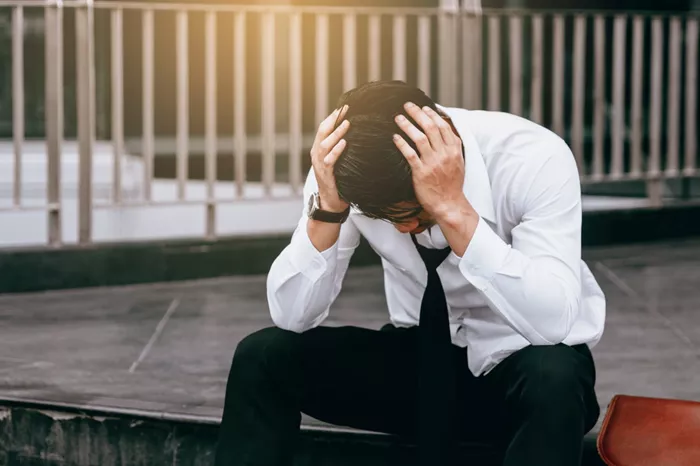Anxiety affects one in five Australian men at some point in their lives, yet it remains highly stigmatised, misunderstood, and under-diagnosed. Men are about half as likely to be diagnosed with anxiety disorders compared to women.
This is partly because some men feel pressured to be fearless and hide their emotions, while others lack the language to describe their symptoms. As a result, many young men only seek help when their symptoms become overwhelming, sometimes even mistaking anxiety for a heart attack.
Our recent research reviewed the paramedic notes of 694 men aged 15 to 25 in Victoria, Australia. We found that young men often wait until they need emergency services rather than seeking earlier support from a GP or psychologist. Why? Boys are often raised to value courage and strength, and to suppress vulnerability.
When parents tell boys to “face their fears” instead of offering emotional comfort, anxiety becomes seen as conflicting with masculinity. This discourages boys and men from seeking help, leading to missed opportunities for early intervention.
Moreover, traditional masculine stereotypes have long cast a shadow over men’s anxiety. While there have been positive shifts in addressing men’s depression, anxiety remains largely overlooked.
Men’s anxiety is often not discussed with the same seriousness as depression, despite its harmful impacts, such as increased substance abuse and suicide risk.
When men do talk about their anxiety, they describe symptoms like repetitive worries, feeling out of control, and intense physical sensations, including rapid heart rate, shortness of breath, body pains, and tremors. These symptoms are common but often dismissed rather than recognised as anxiety. If left unaddressed, they typically worsen.
Our study found that anxiety now accounts for 10% of male ambulance attendances for mental health concerns, surpassing depression and psychosis. Young men often call ambulances in crisis for three main reasons:
Sudden intense bodily symptoms: These can resemble life-threatening conditions like heart attacks. For example, 22-year-old Joshua experienced sudden numbness and muscle spasms while on a tram and sought help from a bystander.
Substance use: This can trigger or worsen anxiety. Adam, 21, took a large amount of diazepam after an anxiety attack and called paramedics when his symptoms didn’t subside.
Mental health deterioration: This can involve self-harm or suicidal thoughts, often linked to stressors like unstable housing, unemployment, or relationship strain. Leo, 25, had increasing anxiety and suicidal thoughts, prompting his parents to call an ambulance.
These emergency calls are time-consuming for paramedics, who often feel ill-equipped to respond. After ruling out physical causes, they can only offer reassurance and breathing techniques. Young men are then advised to follow up with GPs or psychologists, but stigma and shame often prevent them from doing so.
To address this, we need to:
- Increase conversations about men’s anxiety and take their experiences seriously.
- Launch awareness campaigns to dismantle stigma and shed light on men’s anxiety.
- Improve diagnosis by training clinicians to detect anxiety symptoms in men.
- Create accessible digital resources to improve awareness and support early intervention.
- By taking these steps, we can help young men manage their anxiety before it reaches a crisis point.


